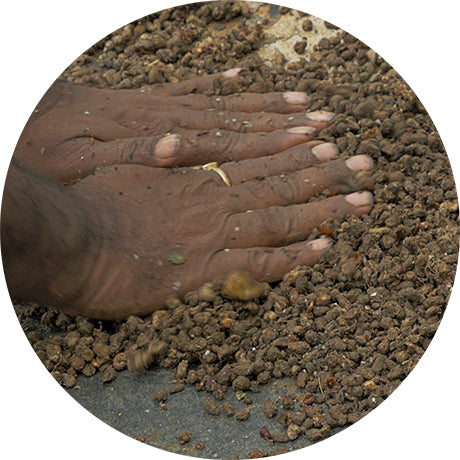
SOWING
SOWING: Selected and saved seeds are treated with fresh cow dung and ash, then briefly sun-dried before they are manually sown after the first monsoon shower, usually between end May and early June.
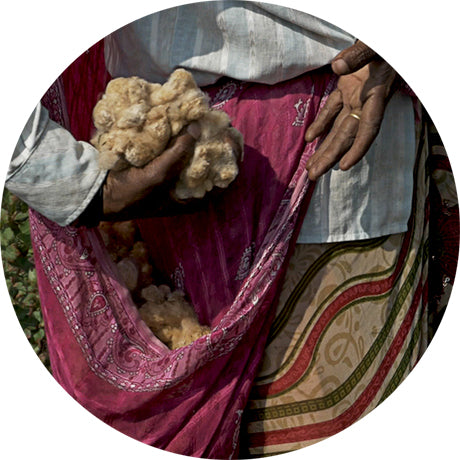
HARVESTING
HARVESTING: Once the bolls mature, cotton is harvested over two-three pickings, by local women, usually between November and March. Black drongos keep them company, as do their chatter and songs.
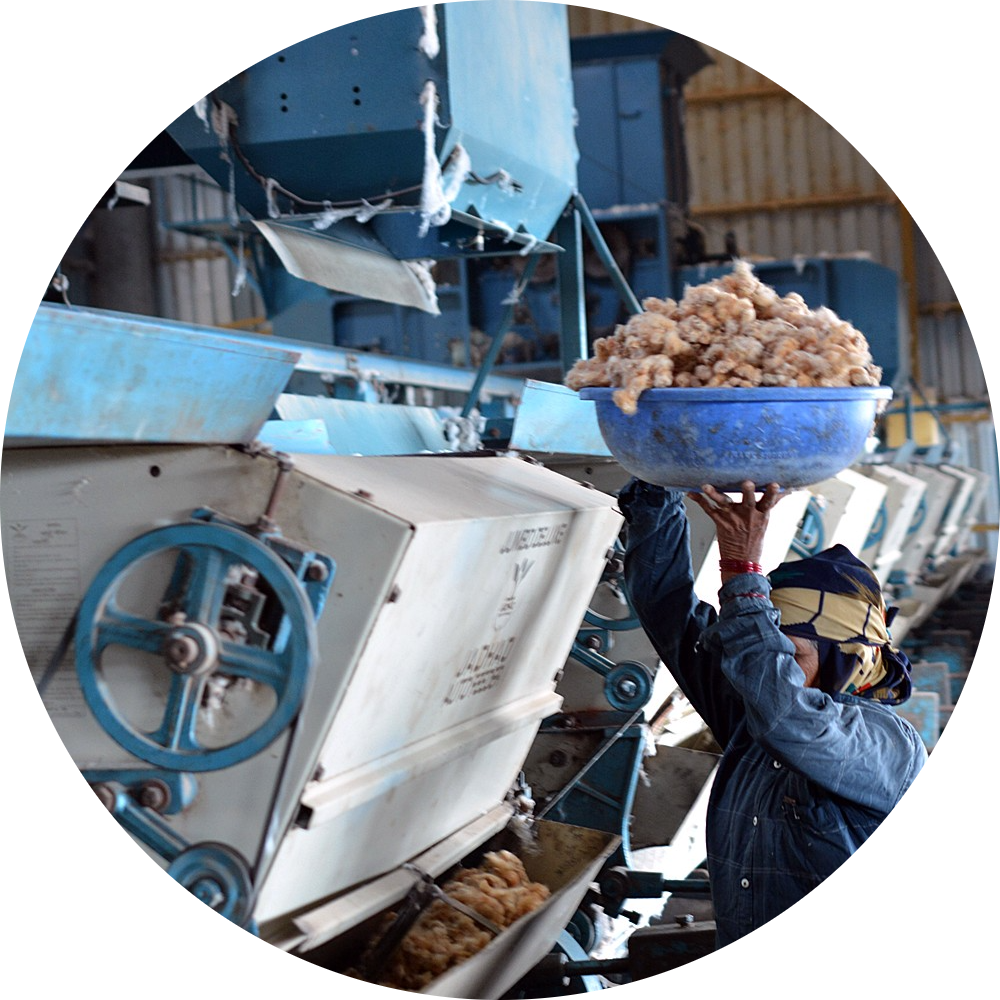
GINNING
GINNING: A process of separating cotton fibre from the seeds. Harvested cotton makes a short journey from the fields to a small-scale ginner in the same village where the cotton is grown.
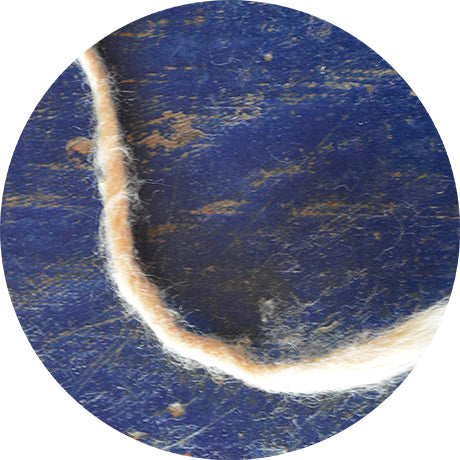
SLIVERING
SLIVERING: A process where the cotton lint goes through various processes like blowing, carding, combing, and drawing, to finally become roved cotton, wound around a cone. Currently, this is a centralised process under the aegis of the state.
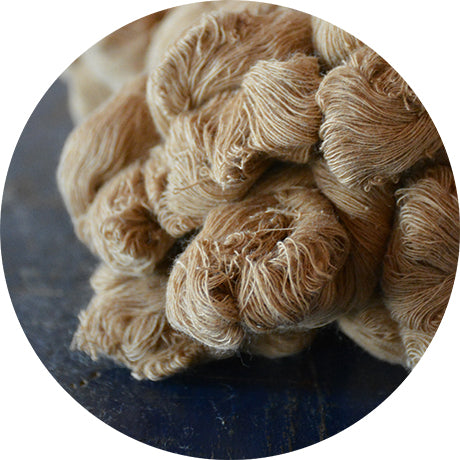
SPINNING
SPINNING: A process where cotton sliver is drawn to the desired fineness with required twist, resulting in a yarn which is convenient to use on the loom. Brown cotton yarn is ambara charaka spun.
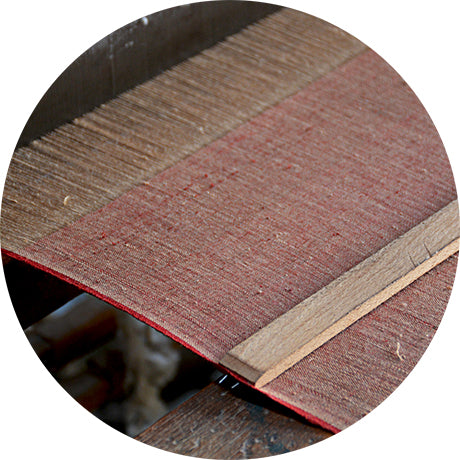
WEAVING
WEAVING: A process of continuous intersecting of weft yarn with that of the warp in some form of over and under crossing, resulting in converting thread into fabric. Our fabrics are always handwoven, on a frame loom.
Various atural dyes like indigo, kasimi, wedelia, manjishta, alizarin, areca and pomegranate peels are set off with the natural brown to add play to the textile.
